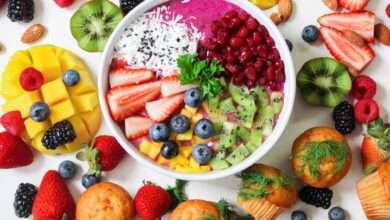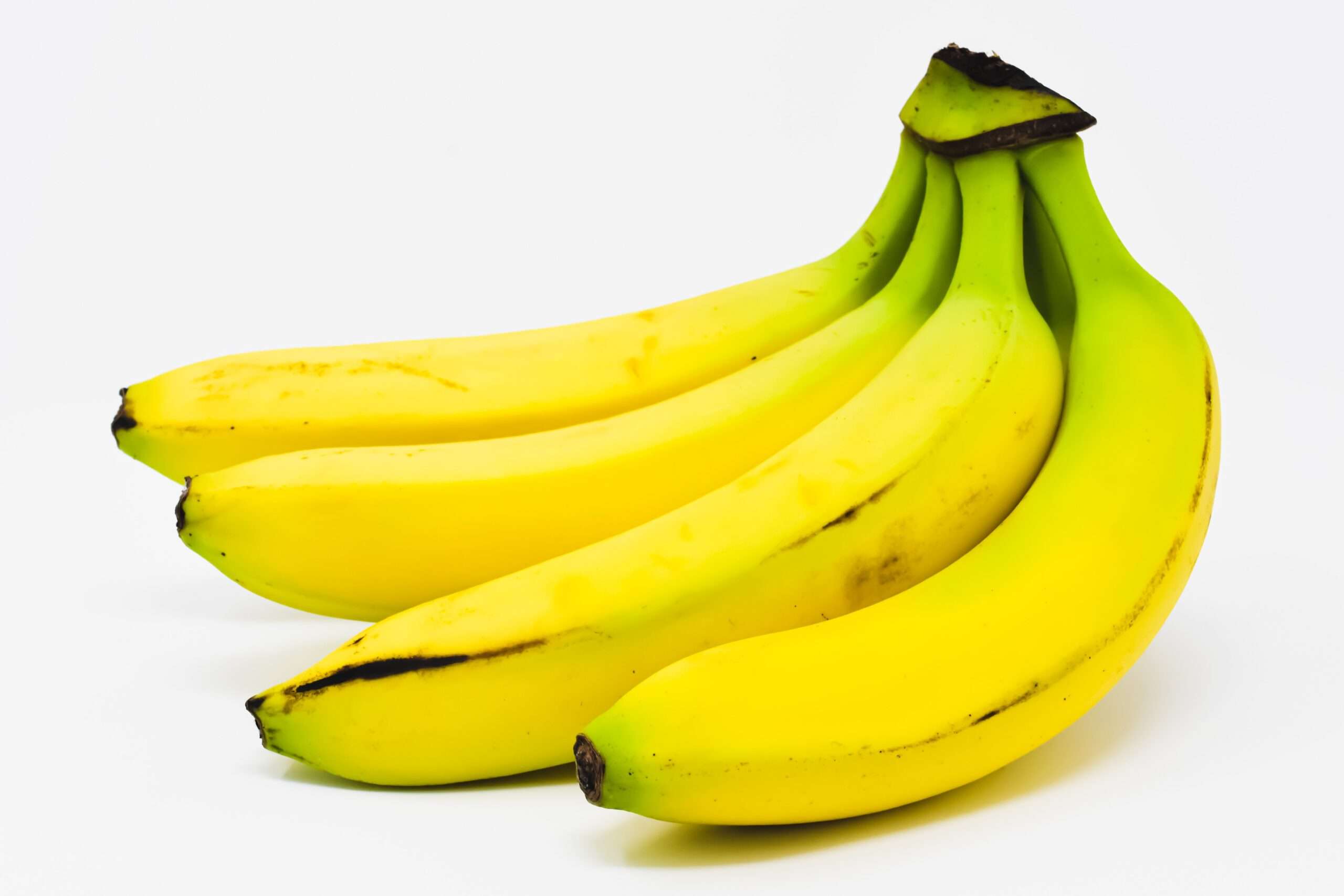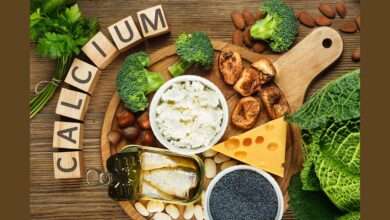Hidden calories: avoid them!

Many foods that we eat regularly do not seem particularly caloric, rich in sugars or fat. And yet, many foods contain unsuspected calories. PasseportSanté tells you all about hidden calories.
Focus on calories
The exact term that should be used is “kilocalories”. A kilocalorie is a unit of measurement of the energy value of food. It is used to quantify the energy expenditure of the body or the energy provided by the consumption of a food.
The number of calories ingested should not be a diktat. Knowing how many calories a food represents only allows you to better control your weight and know what you are eating. The important thing is to eat a balanced diet and know how to listen to your body in order to eat when you feel the need.
The recommended daily energy intake in kilocalories is measured according to the age and physical expenditure of each individual. These are benchmarks and not obligations.
Estimated daily energy requirements according to Health Canada For a sedentary adult man, they are between 2000 and 2500 kcal per day, for a less active adult man: between 2200 and 2700 kcal per day and for an active adult man: between 2500 and 3000 kcal per day. For a sedentary adult woman, they are between 1550 and 1900 kcal per day, for a less active adult woman: between 1750 and 2100 kcal per day and for an active adult woman: between 2000 and 2350 kcal per day.1
The daily energy intakes recommended by the PNNS (National Nutrition and Health Program) in France are for a woman between 1800 and 2200 kcal per day, for a man: between 2500 and 3000 kcal per day and for a senior it is i.e. after 60 years: 36 kcal/kg per day (which corresponds, for a person weighing 60 kg, to 2160 kcal per day).
What to eat at the restaurant?
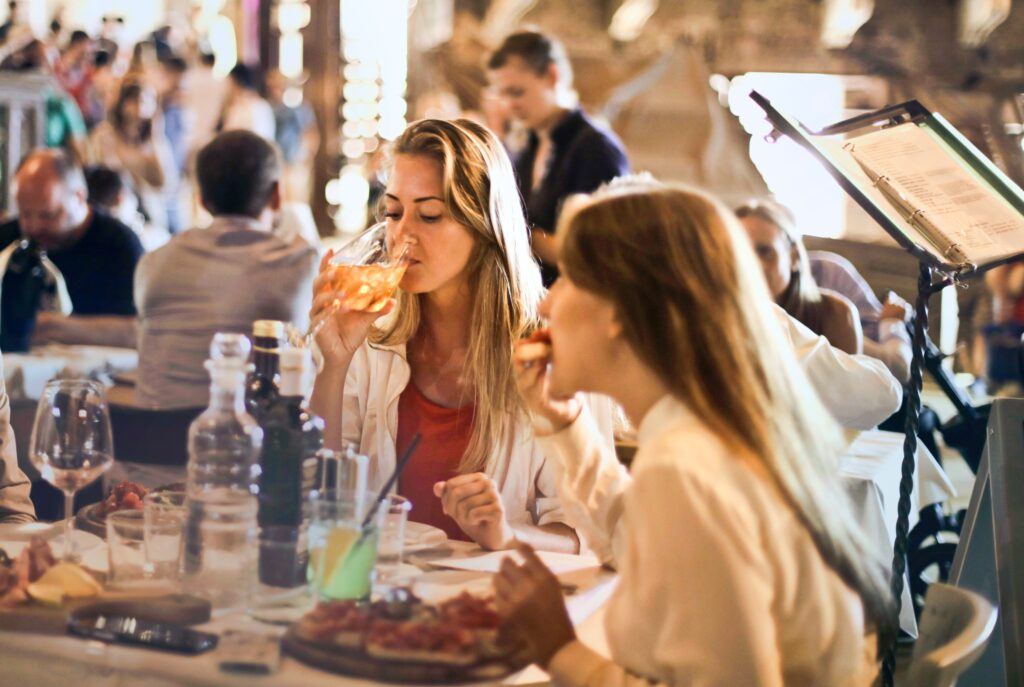
In the restaurant, the temptation is great and when we want to be “reasonable” and eat healthy, we generally turn to salads.
The Caesar salad, made up of lettuce, croutons, parmesan and chicken breasts, served with a white sauce made from oil, egg and mustard, seems like a good idea to treat yourself while eating. healthy. But did you know that a Caesar salad contains on average 600 kcal and 36 g of fat? While a beef steak with vegetables contains an average of 350 kcal.
In terms of desserts offered in a restaurant, cheesecake accompanied by a red fruit coulis seems to be a less calorie choice than a crème brûlée. He is also a false friend. A cheesecake with a red fruit coulis contains an average of 331 kcal compared to 251 kcal for a crème brûlée.
Sushi, very popular at the moment, seems to be low in calories, consisting only of raw fish, rice and vegetables. But an assortment of 12 salmon sushi contains 570 kcal, which is as much as a Big Mac® from McDonald’s1. Please note, this is a caloric comparison and not the lipids and fats contained. Sushi contains less fat (13 g) than a Big Mac® (26 g).
Fruits and vegetables: sometimes false friends
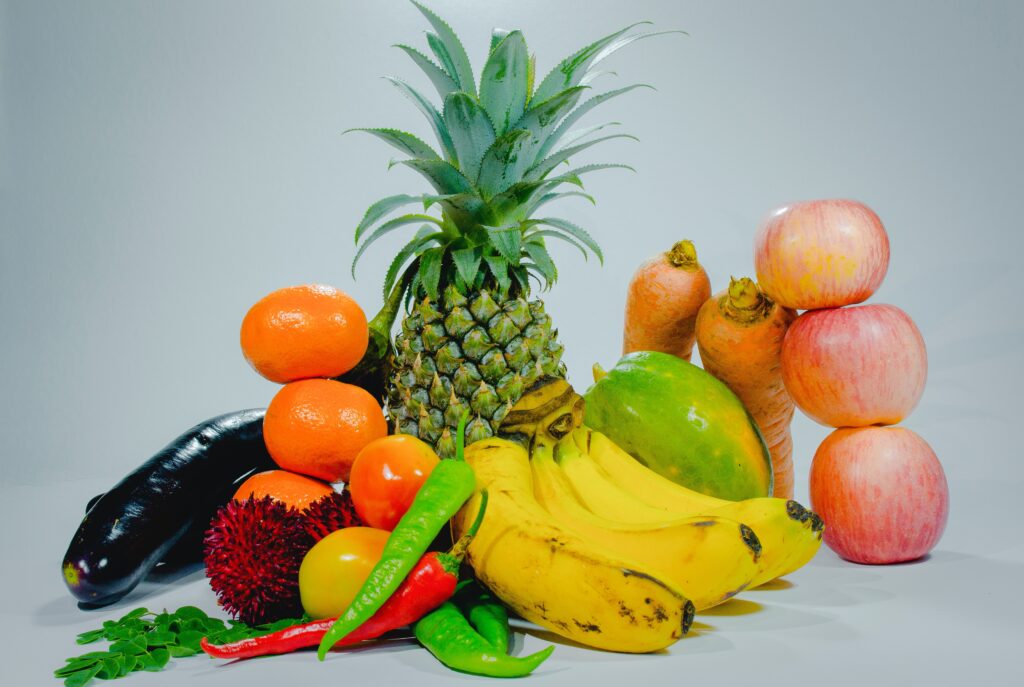
Eating fruits and vegetables is good for your health. Their antioxidant power makes it possible to fight against free radicals which oxidize the body’s cells and contribute over time to the appearance of several diseases such as cardiovascular diseases, certain types of cancer and other diseases associated with aging. However, some fruits and vegetables contain a lot of unsuspected kilocalories.
½ avocado contains as many kilocalories as a chicken cutlet, that is to say 180 kcal. 1 coconut represents 150 kcal or as much as an apple turnover. 1 banana contains 120 kcal, as much as a sugar pancake.
Vegetable crisps appear to be a reasonable and healthy alternative to potato crisps. But beware, what gives chips their bad reputation is the fact that they are fried, full of oil and very salty. The ideal is to prepare them yourself with little fat and salt.
Dried fruits, rich in fiber are good for health and facilitate intestinal transit. But that doesn’t mean they’re low in calories.


